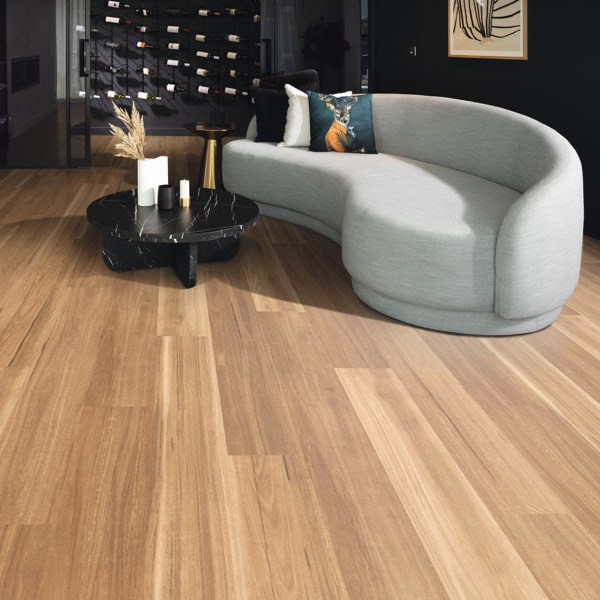Vinyl plank flooring has seen a meteoric rise in popularity as a result of its low cost, outstanding durability, and straightforward installation process. On the other hand, even though it is straightforward, there are typical errors that can arise during the installation process. These errors can have an impact on the durability and attractiveness of the flooring. Listed below are some of the most typical errors that should be avoided:
10 Effective Tips for Installing Luxury Vinyl Plank Flooring
Proper Subfloor Preparation:
After buying the vinyl flooring, It is essential to properly prepare the subfloor before installing the vinyl floor, as this is one of the most important aspects of the installation process. A clean, dry, and level surface is required for it. It is possible for the planks to not adhere properly or to result in uneven surfaces if there is any debris, dust, or additional moisture present. If neither high nor low locations in the subfloor are addressed, the floor may become uneven and insecure.
Pay Attention to Acclimation:
Vinyl plank flooring must be allowed sufficient time to acclimate to the temperature and humidity of the room in which it will be installed. This period is known as acclimation. Without properly acclimating the boards, there is a possibility that they will expand or contract after installation, which may result in gaps or buckling.
Correct Layout Planning:
Starting the installation without sufficient planning can lead to problems such as narrow planks at the walls, which are not visually pleasant and can be less stable. Beginning the installation without proper planning can also lead to structural problems. In order to ensure that the planks are distributed evenly and that the space is measured, it is essential to prepare the layout and take measurements.
Proper Expansion Gaps:
Unsuitable Expansion Gaps Vinyl planks undergo expansion and contraction as a result of temperature changes. It is possible for the flooring to buckle or warp if there is not sufficient space around the room’s perimeter for expansion. The recommended distance is between a quarter of an inch and three-eighths of an inch.
Aligned Planks:
Incorrectly Aligned Planks: It is of the utmost importance to make certain that every single plank is correctly aligned and firmly fastened into place with the planks that are adjacent to it. The pattern can be disrupted, gaps to be created, and the floor’s stability to be compromised by any misalignment.
Using the Right Adhesive:
If your vinyl plank flooring requires glue, using the incorrect type of adhesive might result in poor bonding and eventually loosening of the planks. If you use the wrong type of adhesive, you will experience these problems. Under no circumstances should you deviate from the adhesive’s manufacturer’s instructions.
Using a Utility Knife:
A common error that people make is that they cut vinyl boards with saws rather than using a utility knife. When it comes to making clean, straight cuts, the ideal instrument to use is typically a sharp utility knife. Because of this, the fitting is guaranteed to be perfect, and the chance of chipping or splintering is decreased.
Adding Underlayment:
Underlayment: While some vinyl planks come with an underlayment already attached to them, some require a separate underlayment to be installed by the customer. If this step is skipped, the floor may become less comfortable and more noisy. In addition to this, the underlayment helps to level out any tiny irregularities in the subfloor.
Following Manufacturer’s Instructions:
Ignoring the Instructions Provided by the Manufacturer: The installation requirements for vinyl plank flooring may vary depending on the brand and kind of flooring. The warranty may be voided if these instructions are ignored, which could result in installation issues.
Stop Rushing the Installation:
Hurrying through the installation procedure can result in errors. This is known as “rushing through the installation.” If you take your time to precisely measure, cut, and position each board, you will end up with a floor that is more durable and looks more professional.
Conclusion
Even though vinyl plank flooring is an excellent choice to enhance your home style, it is essential to steer clear of these typical errors when installing it. You will be able to ensure a successful installation that will look fantastic and last for many years to come if you take the time to properly prepare the subfloor, acclimate the planks, design the arrangement, and follow the directions provided by the manufacturer.

